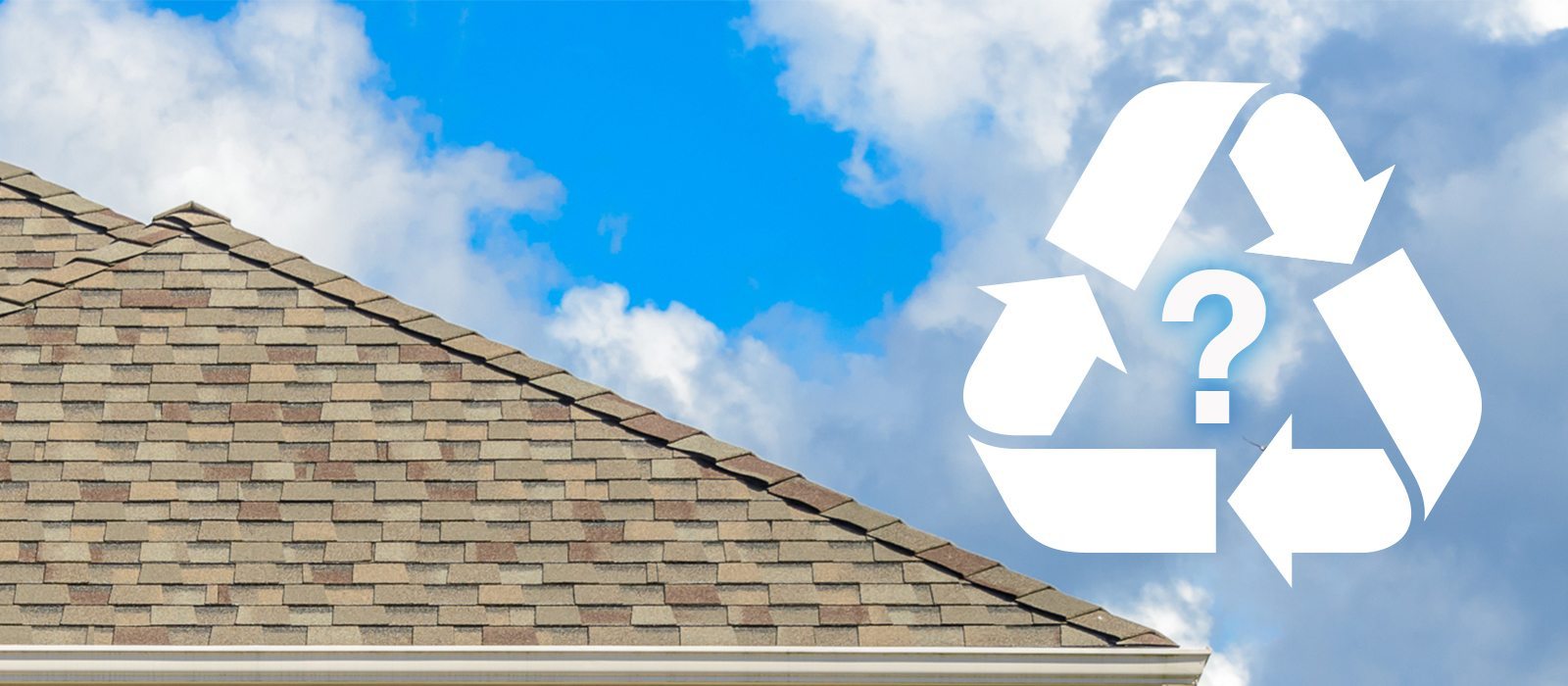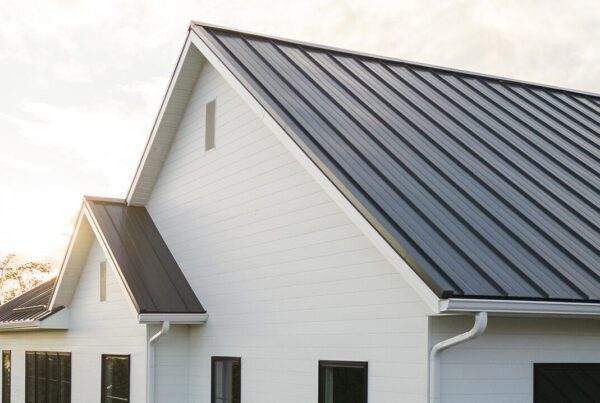Many asphalt shingle manufacturers claim that asphalt shingles can be recycled.
The cold, hard truth is that 11 million tons of recyclable asphalt shingles end up in landfills each year in the United States alone. So what happens when you replace an asphalt roof? Most roofers, despite their reservations, have no better option than to haul tons of old shingles to the dump.
Here are a few main reasons that “recyclable” asphalt shingles end up in a landfill:
1. Facilities aren’t available.
Recycling asphalt shingles remains difficult in most areas. That’s partly because the uses for recycled asphalt shingles are governed by a complex map of federal, state, and municipal laws governing how recycled asphalt can be used. As a result, roofers often can’t find recycling facilities that will accept asphalt shingles.
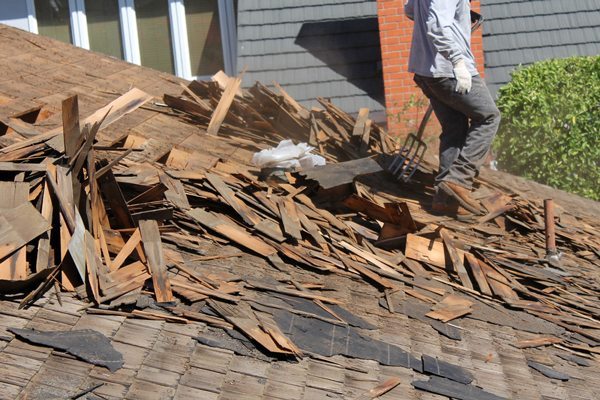
2. Recycling is expensive.
If a recycling facility can be located, distance may render it inefficient and cost prohibitive to transport the waste from the job site. Often a dumping fee is charged for recycling asphalt, as well.
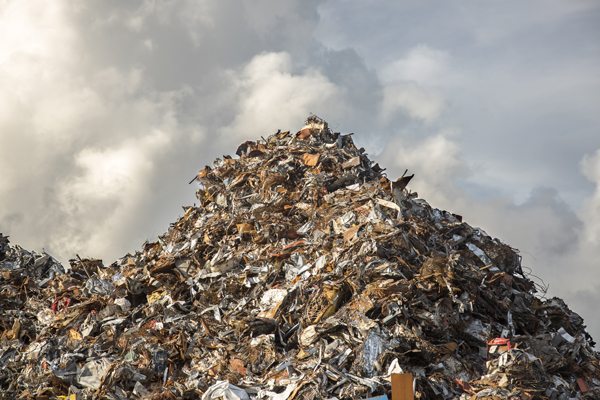
3. Recycling is difficult and energy intensive.
Where asphalt recycling facilities do exist, a contractor may still be challenged to separate roofing nails, flashing, asbestos, and other building materials from the asphalt so it can be cleanly recycled. The energy required to recycle asphalt makes the process both economically unattractive and environmentally negligible.
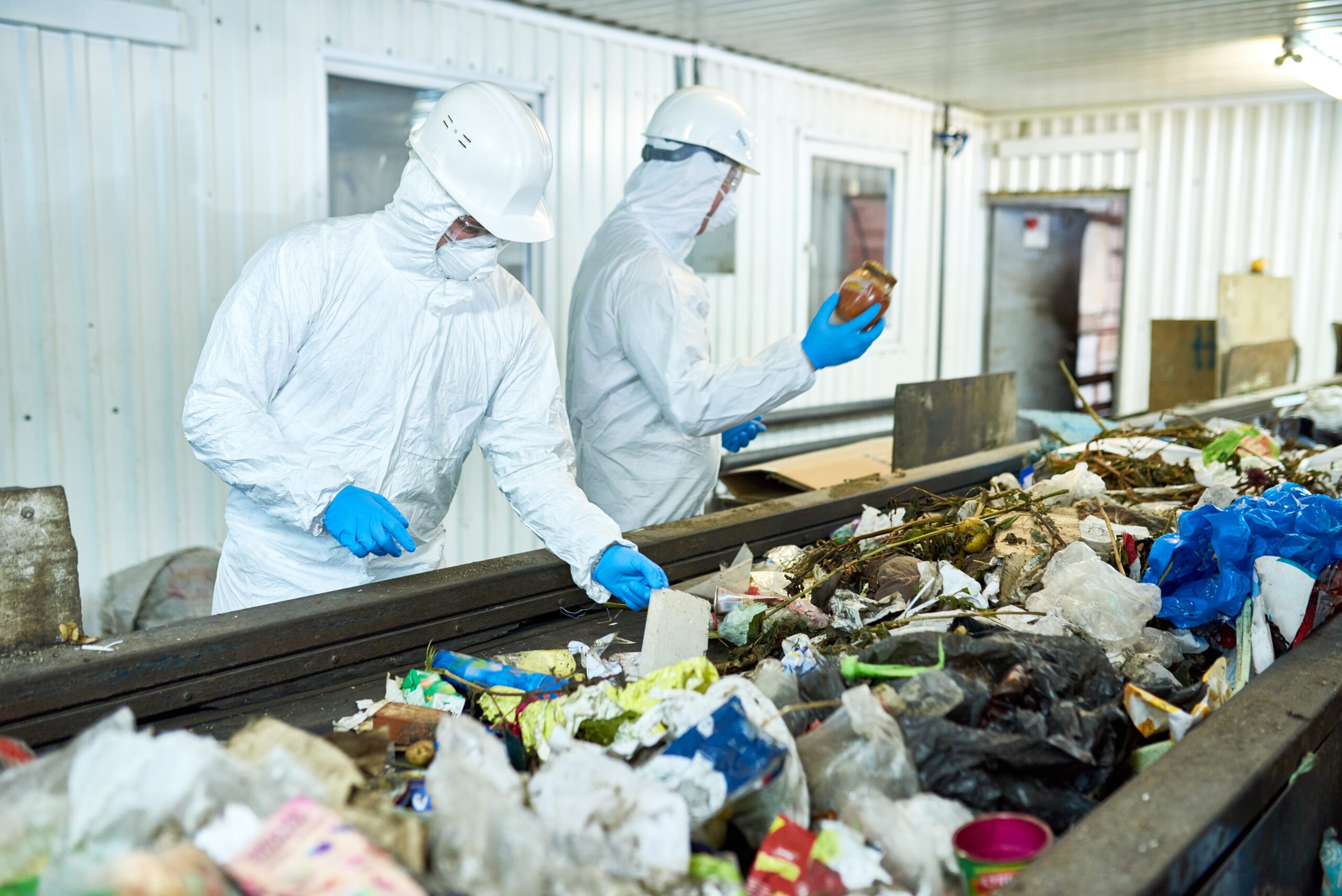
The unfortunate fact is that an asphalt shingle roof completes its useful life in 10-15 years.
And when it does, the shingles usually end up as a few more tons of petroleum waste in a landfill.
For homeowners concerned about recycling, what’s a better roofing option? Steel. Due in part to the consistent value of the metal, steel is the most recycled material in North America. At the end of the long lifecycle of a steel roof, you can be sure the material will hold enough value to make it worth recycling. And if you’re able to install a steel roof over existing asphalt shingles, you may even be able to eliminate a trip to the landfill with asphalt shingles. The net effect of a steel roof is a reduction of waste, cost efficiency, and a little less waste for our planet.

